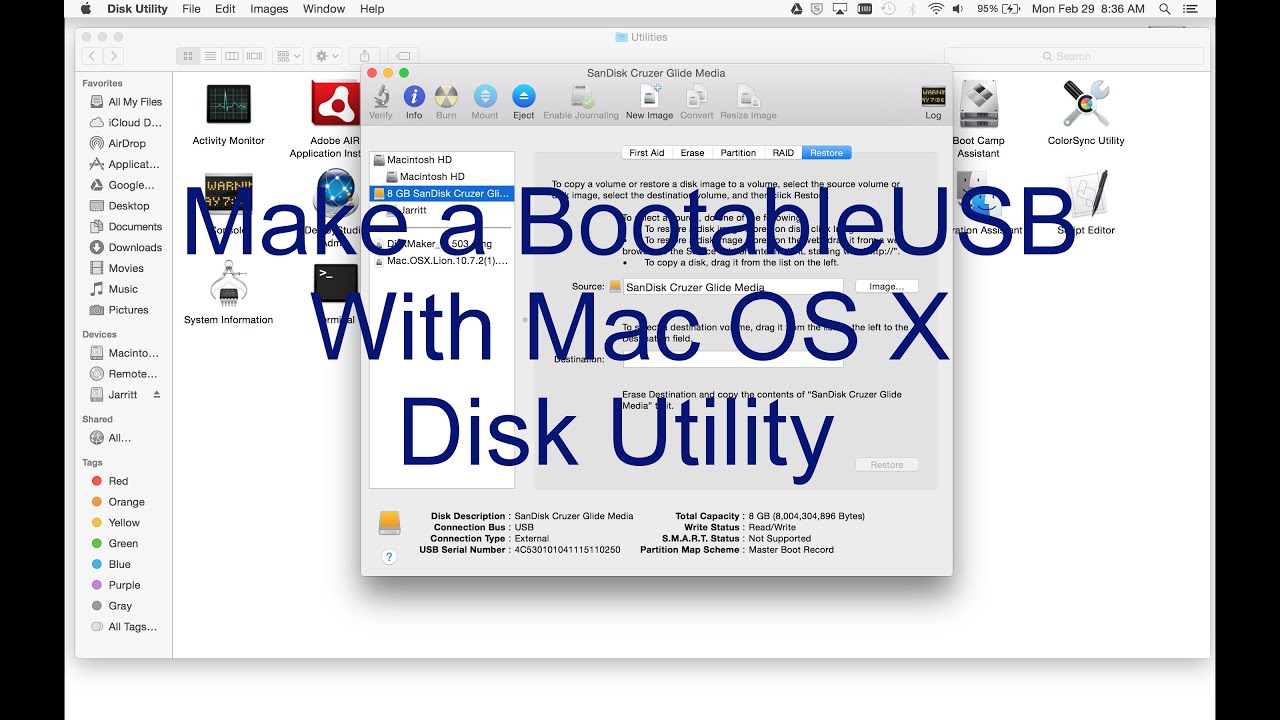
Sudo /Applications/Install\ macOS\ Monterey.app/Contents/Resources/createinstallmedia -volume /Volumes/MacOSMontereyUSB -nointeraction Enter the following command at the Terminal, replacing “macOSMontereyUSB” with whatever name you gave the thumb drive:.Open the “Terminal” app by hitting Command + Spacebar and typing ‘Terminal’ and hitting the return key.Download macOS Monterey installer from the App Store if you have not done so already.Rename the USB flash drive something obvious, like “macOSMontereyUSB”.Connect the USB flash drive to the Mac, this will be formatted and erased so make sure you don’t want anything on it.Here’s how to create a bootable macOS Monterey 12 installer drive: How to Make a Bootable macOS Monterey Installer Drive Thus, this procedure is most appropriate for advanced users. Using the command line requires precise syntax, since typos or improper command syntax can lead to failures or the wrong disk being formatted. You will need a USB flash drive (16GB or larger) which will be turned into the Monterey boot installer drive.MacOS Monterey downloaded and stored in the /Applications folder, labeled as “Install macOS Monterey.app”.The Mac must be compatible with macOS Monterey, otherwise it will not be able to download the installer.You will need a few prerequisites to get started:


Requirements to build a macOS Monterey Bootable Install Drive For most users, the simplest way to install Monterey is the standard upgrade path. This is generally for more advanced users, typically who wish to use a bootable installer drive for erasing and formatting a Mac, clean installing, troubleshooting purposes, or updating multiple Macs to macOS Monterey without having to re-download the installer.


 0 kommentar(er)
0 kommentar(er)
